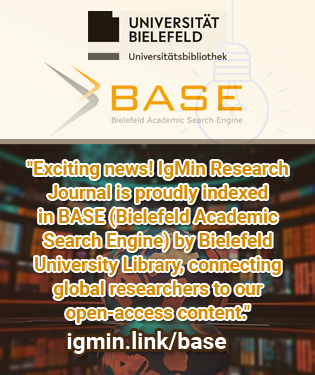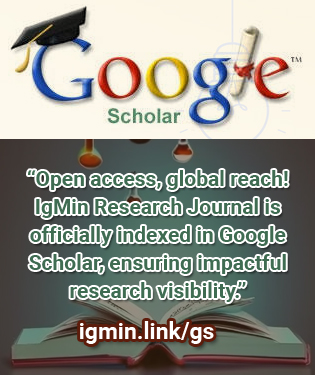Abstract
With the development of safe blood supply and transfusion comes the introduction of quality as a culture, implemented through the introduction of a Quality System (QS) and Quality Management System (QMS). Often the idea is that– ‘when instructions are written (SOPs) a quality system is in place. Just follow the instructions, that is it.’ However, quality only partly depends on following instructions at the operational level. Generally not understood is the importance of designing and implementing a quality management system, based on 5 key elements 1) organization and structure; 2) standards (technical and quality); 3) documentation - traceability and evidence; 4) education - continued teaching and training; 5) assessment - continued monitoring and evaluation.
Development and implementation of an appropriate quality system and management were evaluated for 15 developing countries (2004-2020) in 4 WHO regions. Projects were based on a step-by-step introduction to the concept and principles of quality following a Quality Management Training (QMT) course – modular, interactive, with improvement score evaluation focused on comprehension and ownership of the teaching and training contents.
For an optimal understanding of the values of quality in Transfusion Medicine (TM), a culture has to be created - ownership development, commitment to and implementation of the principles of fitness for purpose, and the supplier-producer-customer continuum.






